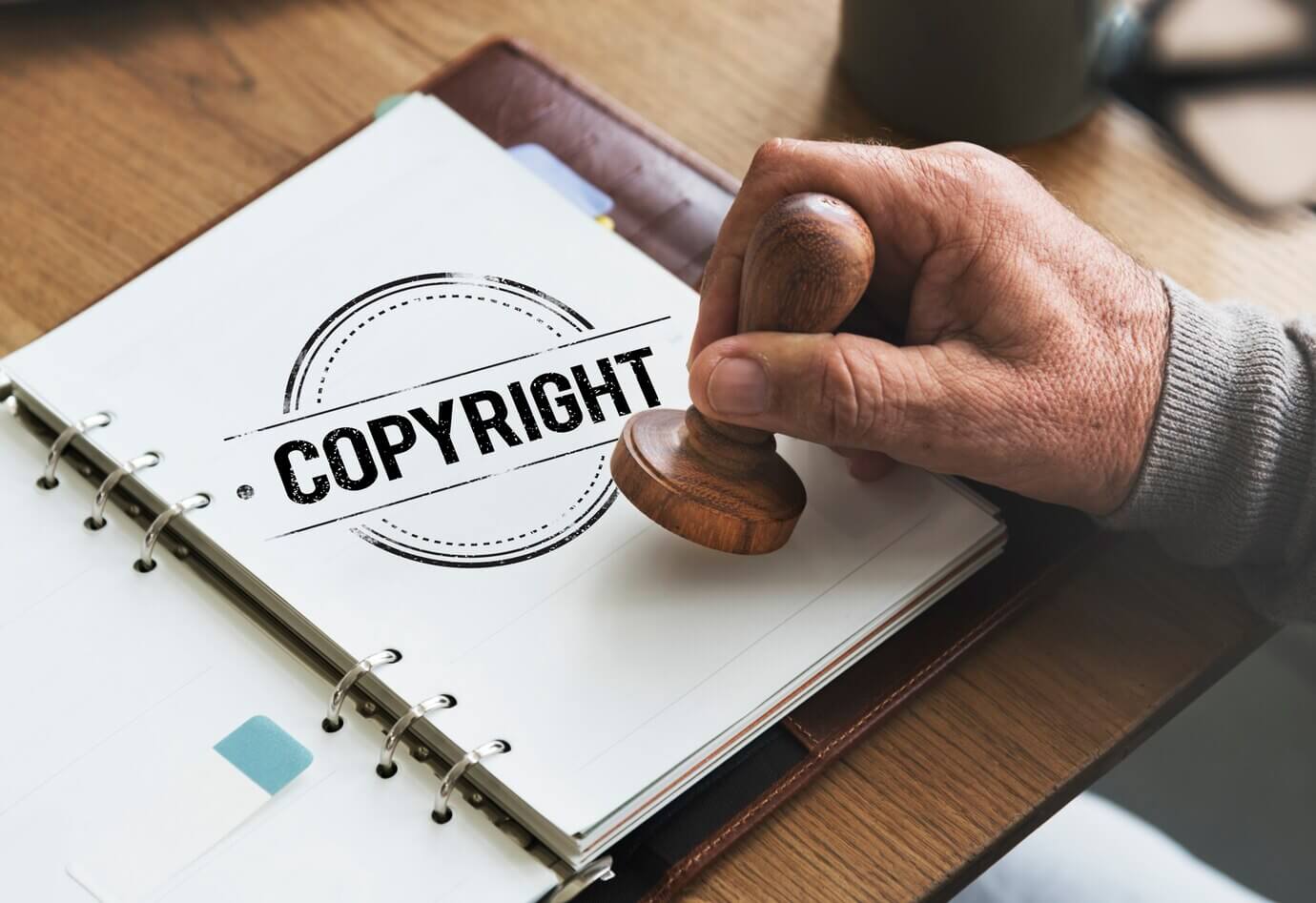DMCA: Copyright Protection in the Digital Age
The Digital Millennium Copyright Act (DCMA) of 1998 added new, streamlined protection for copyright owners and content creators in the emerging digital world, where suddenly everyone could publish content and in the process either maliciously or unknowingly infringe on the copyrights of others. A key part of the act for copyright owners is the content takedown provision, which offers a fast resolution process aimed at speedy removal of copyrighted content displayed online without permission. It allows copyright holders to get content removed without directly suing offenders, which is costly and slow.
For copyright owners, digital publishers, and anyone managing a website, a basic understanding of the DMCA is essential—and not all that complicated. Here, we provide a breakdown of DMCA and the scope of its copyright infringement prevention.
What is the DMCA?
The DMCA represents a broad response in the US to the myriad copyright issues that emerged along with the internet. The act implemented two international treaties from the World Intellectual Property Organization (WIPO). It was passed unanimously by the US Senate and signed into law in 1998.
This all came about in the internet’s “wild west” days of the 1990s, when suddenly music, software, and other content was being shared (or pirated) freely and widely on sites like Napster—completely beyond the control of copyright owners.
Several provisions of the DMCA strengthen copyright infringement prevention. The law criminalized online piracy, including using technology to circumvent digital rights management or DRM, and raised penalties for copyright infringement.
And as mentioned above, the DMCA provides content creators and copyright owners amore direct means of protecting their content and materials from unauthorized use, without resorting to prolonged court battles.
DMCA Safe Harbor
In another key part of the law, the DMCA exempts internet service providers and other intermediaries from indirect liability. Its safe harbor provisions protect ISPs, website hosts, search engines, and others that are not directly responsible for content posted.
Since ISPs, web hosts, and other platforms cannot possibly moderate every piece of content posted, even with today’s AI and other technologies, these intermediaries need protection, as well.
To encourage cooperation, the DMCA offers safe harbor to intermediaries that take reasonable steps in intellectual property protection. These include educating users, cooperating with copyright holders and agents, and removal of infringing content.
These “safe harbors,” giving immunity from liability, cover:
- hosting and storage of infringing content and activities.
- caching of infringing materials.
- linking and providing tools that direct people to infringing activities.
- providing networks and infrastructure.
To better understand the details and thresholds of DMCA safe harbor as they apply to your needs, consult with an IP attorney.
How do DMCA Notices Work?
DMCA Notices, also called “DMCA Requests” or “DMCA Complaints,” are notices that copyright holders send to web hosts, search engines, and internet service providers informing them of copyright violations on their platforms. If the recipients refuse to remove the content in question within a reasonable timeframe, they can be held liable for copyright infringement.
These “safe harbors,” giving immunity from liability, cover:
DMCA takedown notices provide a straightforward process for both copyright holders and intermediaries. The alternative, civil cases dragged through the courts for every instance of infringement, would be impossible in the digital age.
DMCA Protection: What Types of Content are Covered?
The DMCA protects all types of content normally covered by copyright law. This includes:
- images
- video
- music
- books and written content
- art, illustrations, etc.
- computer software
- logos and trademarks
Website copyright protection can be confusing, since web pages may combine content from different owners. But essentially, like magazines and books, all writings, art, photos, etc., are protected.
Copyright holders and website managers who are unsure of the online protection for their particular content should consult an intellectual property attorney. Remember also, that the DMCA applies only to the United States. Navigating copyright protections and laws internationally can be complex and challenging.
Who Can File a DMCA Notice?
DMCA requests can be filed by all copyright holders and their representatives.
Note that many people mistakenly believe copyright is something that must be registered or applied for. But as soon as a work is “fixed in a tangible form,” whether written down on paper or painted on a canvas, it is protected by copyright. Registering a copyright for a work simply provides more protection.
Still, determining ownership can be murky. For instance, if a photographer works for an ad agency to create a promotional banner for a client, determining who owns the copyright of the photographer’s images is not straightforward.
The Language of DMCA Takedown Notices
DMCA Takedown Notices have no standard templates. Typically they include the essential information:
- identification and details of the copyright infringement.
- places/pages where the infringement can be found.
- location of the original content.
- name and contact information of the copyright holder.
- statement that the use in question was not approved.
- takedown request.
Still, DMCA takedown requests require certain language, so checking with a professional is advisable.
When Should a DMCA Notice Be Filed?
As with all intellectual property protection, immediate action is crucial. Whenever content owners discover infringement, it is in their best interests to send a DMCA notice immediately and follow up as necessary.
DMCA Compliance
While the goals and provisions of the DMCA are straightforward, anyone managing websites should become acquainted with DMCA compliance. Many large organizations add legal pages to their websites that state their compliance policies, such as how to file a copyright infringement complaint and how the organization responds to these complaints.
To learn best practices, website managers in companies, universities, government agencies, and other organizations should consult with professionals on DMCA compliance.
DMCA Subpoenas
DMCA subpoenas are powerful tools that help copyright owners identify anonymous infringers. The DMCA empowers copyright owners to subpoena internet service providers to obtain information that can help identify these offenders.
The DMCA subpoena process involves filing a formal request with a district court that lists (1) the subpoena sought, (2) a copy of the DMCA Takedown Notice, and (3) a sworn declaration that the information obtained will not be misused. If the DMCA subpoena request contains these three items, the district court clerk is required to comply.
Takeaways
The DMCA set down a new legal framework for dealing with copyright and infringement in the new digital millennium. Content creators, copyright holders, and website managers should all have a basic understanding of the law and how its provisions affect their work.
FAQs
1. What is the purpose behind the DMCA?
The DMCA was created to facilitate the myriad copyright issues that emerged with the new digital millennium. The internet allowed anyone to publish content with a few clicks of a mouse, without experience or moderation, opening the door to both inadvertent and malicious copyright infringement. Copyright holders needed protection; ISPs and intermediaries needed reasonable immunity; and courts would never be able to handle the huge numbers of infringement claims that the internet promised.
2. Where does DMCA apply?
The DMCA implemented two international treaties from the World Intellectual Property Organization (WIPO). The act was passed unanimously by the US Senate and signed into law in 1998. This made it federal law across the United States—but only in the United States. Internationally, intellectual property is protected by the WIPO (the World Intellectual Property Organization), whose treaties protect copyright in some 200 nations.
3. What is the DMCA takedown process?
In simple terms, the DMCA takedown process involves the copyright holder sending a DMCA Notice to the ISP, reporting copyright infringement, and seeking removal. The ISP then tracks down the infringement’s location and takes the content down. The party that posted the content is allowed to refute the complaint and possibly have the content restored.

 BACK TO BLOG
BACK TO BLOG
